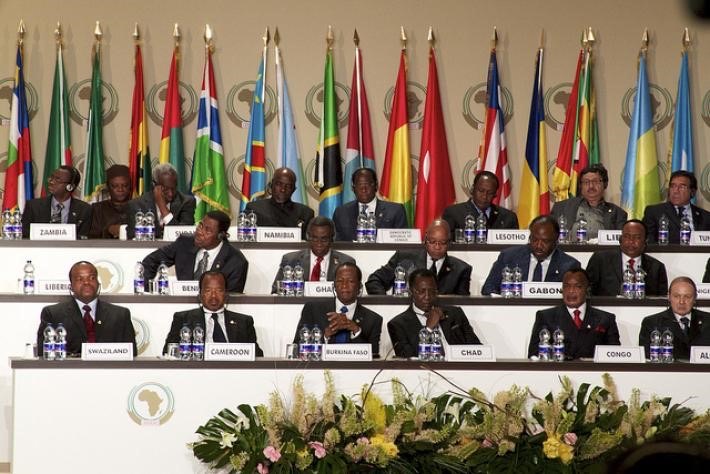Get ready for an economic rollercoaster, as Africa stands on the brink of a transformative journey in 2024. In a landscape fraught with challenges and laden with opportunities, the continent’s economic prospects are set to dazzle and confound. ALM takes you on a thrilling ride through the highs and lows of Africa’s economic odyssey.
Africa’s economic engine is revving up, and the projections for 2024 are nothing short of fascinating. Brace yourselves for a predicted growth rate of 3.5%, marking the continent as the second-fastest-growing region globally. The UN’s World Economic Situation and Prospects foresee a swift economic pickup, but uncertainties linger—debts, fiscal constraints, and the ominous spectre of climate change cast shadows on this economic panorama.
The World Bank’s analysis takes a nuanced view, anticipating growth rates bottoming out at 3.7% and 3.9% in 2024 and 2025, respectively. Meanwhile, the Economist Intelligence Unit paints a dynamic picture, positioning Africa as the world’s second-fastest-growing region, driven by construction, tourism, mining, and technology. The stage is set for an economic spectacle of global proportions.
Sub-Saharan Africa faced economic challenges in 2023, with growth taking a hit at 3.3% from the previous year’s 4%. However, a phoenix-like resurgence is expected in 2024, with growth projected to bounce back to 4%. Governments worldwide are actively addressing macroeconomic imbalances, steering nations towards stability.
Yet caution is the watchword. Debt may have steadied, but repayment costs soar, posing a potential threat to essential development investments. Policymakers grapple with regular shocks and instability, attempting to maintain macroeconomic stability amidst scarce resources and burgeoning development needs.
While inflation is expected to decline, Fitch Ratings predicts ongoing financing constraints for most sovereigns in Sub-Saharan Africa. Zambia and Ghana face potential delays in debt restructuring, yet both are expected to exit foreign-currency debt default in 2024. Multilateral funding remains a lifeline, but risks still tilt towards the negative.
Africa isn’t just experiencing population growth; it’s a potential economic powerhouse with over $3 trillion in consumer spending. The acceleration of Africa’s economy, tested by the pandemic and global conflicts, begs the question of where to invest strategically. The Republic of Congo grapples with power outages, yet opportunities emerge amid the challenges.
African nations find themselves entwined in the consequences of global crises, from conflicts in Palestine and Ukraine to economic instability triggered by the US interest rate increase. As trade flows are disrupted, commodity prices fluctuate, and economic instability heightens, African nations grapple with additional challenges.
Despite the hurdles, eight of the region’s top-10 economies are poised to grow by an impressive 5% on average. Ivory Coast and Tanzania lead the pack, showcasing diversification and foreign investment as catalysts for economic growth in 2024.
Climate change looms large, affecting food security and water resources and posing significant risks to vulnerable populations. Geopolitical instability remains a top priority, with ongoing conflicts and a busy global electoral cycle influencing business landscapes. The intersection of the digital and physical realms, guided by artificial intelligence, sets the stage for a future where technology and tradition coalesce.
As Africa stands at this economic crossroads, decisions made in 2024 will reverberate for years to come. With resilience in the face of adversity, strategic investments, and ambitious governmental goals, Africa is poised to play a pivotal role in the global economic scene. The journey is fraught with challenges, but the opportunities are boundless. ALM invites you to witness the unfolding economic narrative of Africa in 2024—a tale of triumph, tenacity, and transformation.


